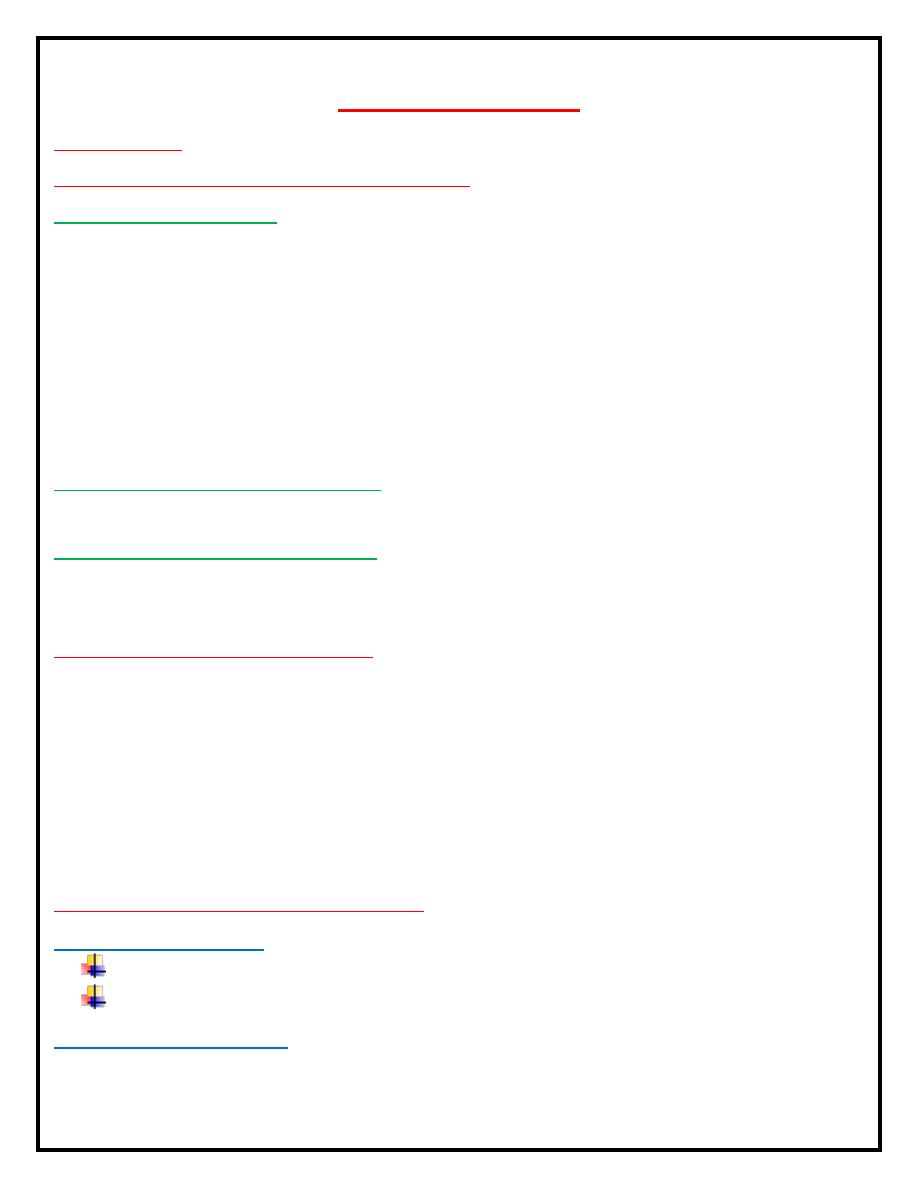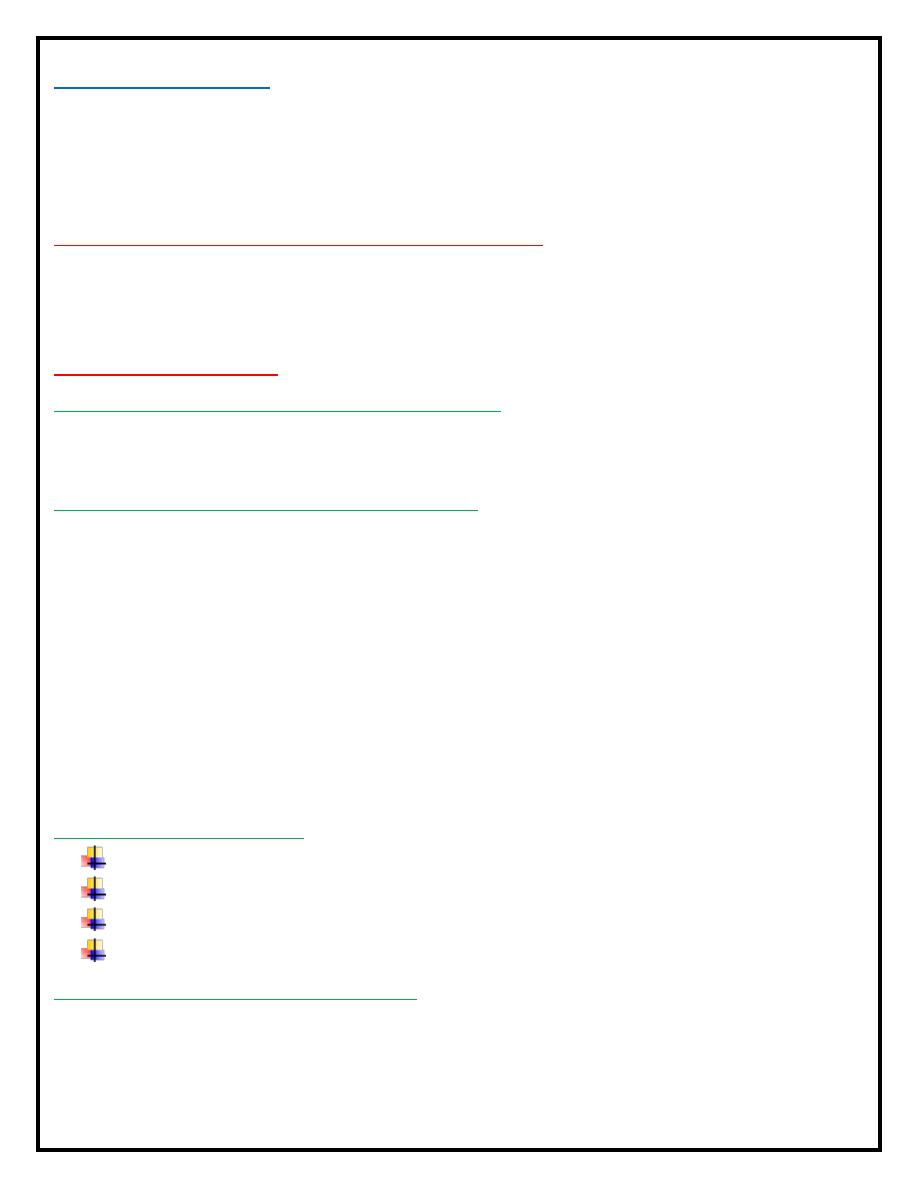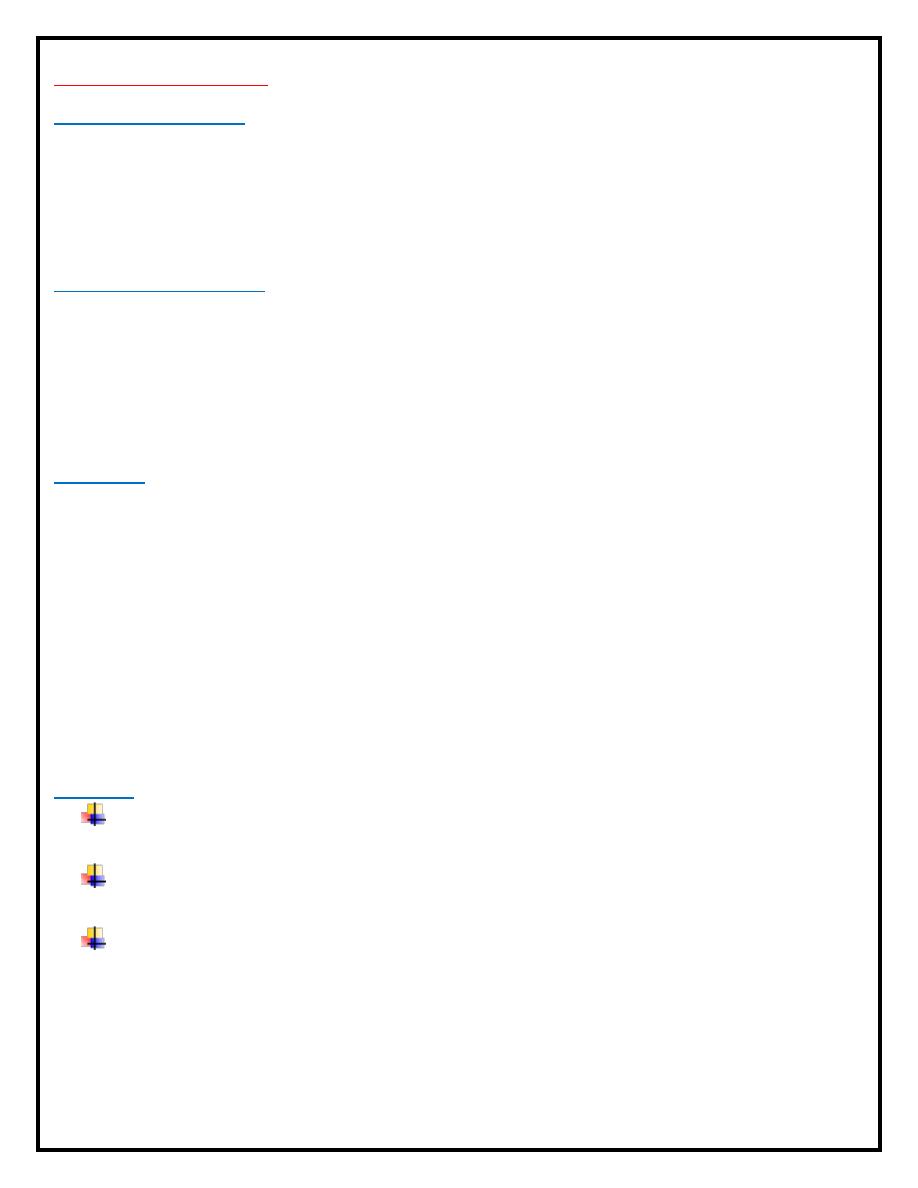
Community
Dr. Samar
There are 3 phases of human milk:
(1) Colostrum:
Higher in proteins.
Secreting of IgA.
Initial protection against the infections.
Higher in carotene.
Enzymes stimulate gut-maturation.
Digestion of fat.
Stimulate gut to pass meconium.
(2) Traditional Milk:
Traditional milk: (7
– 10) days.
(3) Maturation Milk:
Maturation milk is up to 6 month.
Immunological Protection:
Living cells: 4000/ml in the colostrum.
1500/ml in the mature milk.
Macrophages against bacterial infections.
Lymphocytes.
Secretion of IgA reduces respiratory infections, diarrhea and
sepsis.
Protection against childhood infections.
Maintaining Of The Lactation:
(1) Feeding Initiation:
Immediately after birth on demand but not more (4
– 5) hours.
Water glucose causes lactation failure.
(2) Feeding Frequency:
Every two hours for 10 to 12 feeding per day during first few week.

(3) Feeding Duration:
(5
– 10) minutes depend on sucking vigor.
Arbitrary reduction of feeding times may significantly
decreasing in fat and the caloric intake.
Monitoring Of Adequate Breast Feeding:
Weight gain should be constant.
Number of urinary voiding: 6x/day.
Stool production with every feeding.
Special Situations:
Working And Breast Feeding:
Maintain total of 6 breast emptying per day.
Increase nursing frequency in weekend and holidays.
Occluded Lactiferous Ducts:
Localized breast tenderness.
Milk stasis, infrequent or incomplete breast feeding.
Management: like moist heat.
Mastitis: inflammation of the breast tissue, fever, lamb in
breast, staph, strip antibiotic (7
– 14) days and continue breast
feeding.
Breast abscess: surgical drainage, antibiotic empty infected
breast.
Feeding from other breast.
The Sore Nipples:
Related to the infant position.
Rinsing and drying air exposure after nursing.
Using topical antibiotic if super added of infection.
In the yeast infection, treat mother and infant.
Infant Refusal Nursing:
Thrush, respiratory infection and otitis media.
Changing in the maternal diet.
Soap perfume.
Examination of the infant.

Contraindications:
Maternal Infection:
Hepatitis C.
Hepatitis B???
Active tuberculosis.
HIV infections.
Maternal Medication:
Over counter drug.
Antibiotic mostly safe.
Contraindicated drugs: cimetidine, ergotamine, gold salt,
bromocriptine, cyclosporine and methotrexate.
Do not smoking within 30 min. of nursing.
Weaning:
Introduction of solid foods in (4
– 6) months to the infant will
reduces the milk intake.
Single food should be introduced first.
New food offered at interval (3
– 5) days to detect allergies or
the intolerance.
Breast feeding accepts solid food faster than formula-fed
infant.
Successful if initiated gradually.
Nursing frequency decreased by nursing every (3
– 7) days.
Infancy:
The first year of life with rapid growth and change in the body
position.
Nutritional requirement is different than in the adult, like
proteins, fat and energy for growth.
Irons such as: zinc and Cu are required in greater proportion
for the infants.
Written By: Ahmed Riyadh
